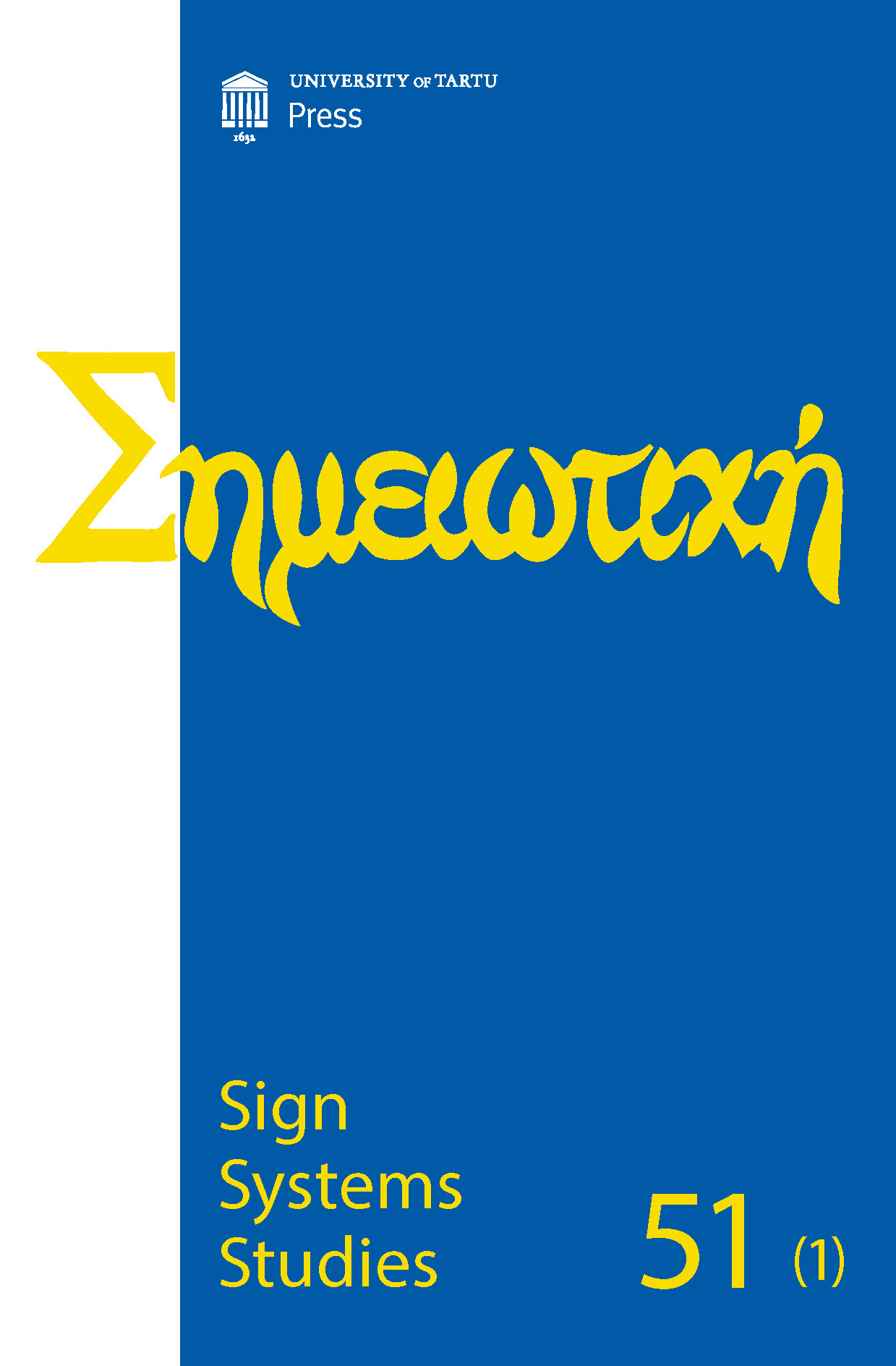Exploring the nature and strength of the semiotic relation: A case study about liminal species in Tartu
DOI:
https://doi.org/10.12697/SSS.2023.51.1.05Keywords:
zoosemiotics, biodiversity, citizen science, corvids, liminal speciesAbstract
The case study described in this paper is part of an emerging cultural context in both its scientific as well as societal aspects, where animals are seen more and more as social and ethical subjects and their presence in the vicinity of humans is seen less and less as a nuisance to be eradicated. It aims to understand the different aspects (material inconveniences, emotional relationships, symbolic value, biodiversity perception, etc.) that hold sway in the relationship between humans and other species in an environment still symbolically seen as separate from any natural process, containing very little biodiversity, and belonging exclusively to humans. This study aims to map out the shared urban ecosystem and show that many of the relationships, coexistence issues, and failures in urban management are connected to semiotic processes that can be transformed. One of the major results of this case study is the emergence of the concept of ‘resistance of the semiotic relation’: the fact that some semiotic relationships, especially symbolic ones, seem to resist any element or piece of evidence that could be proposed to contradict them. This concept postulates that not all semiotic relations have the same strength or the same resistance to exterior attempts to modify them, and that potential semiotic solutions proposed to improve semiotic relationships, for example in cohabitation situations, need to address this reality and the variety of resistance – or resilience – of different semiotic relations.


